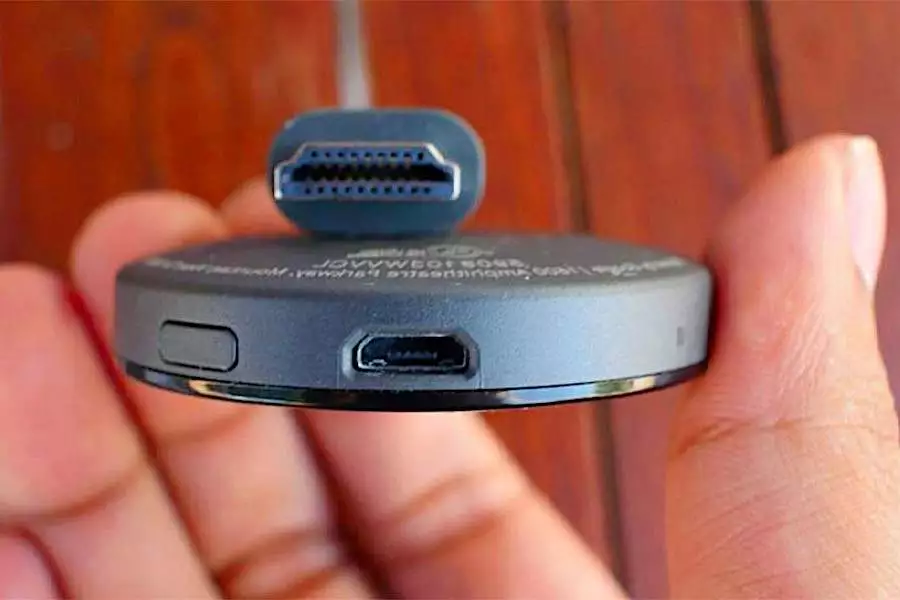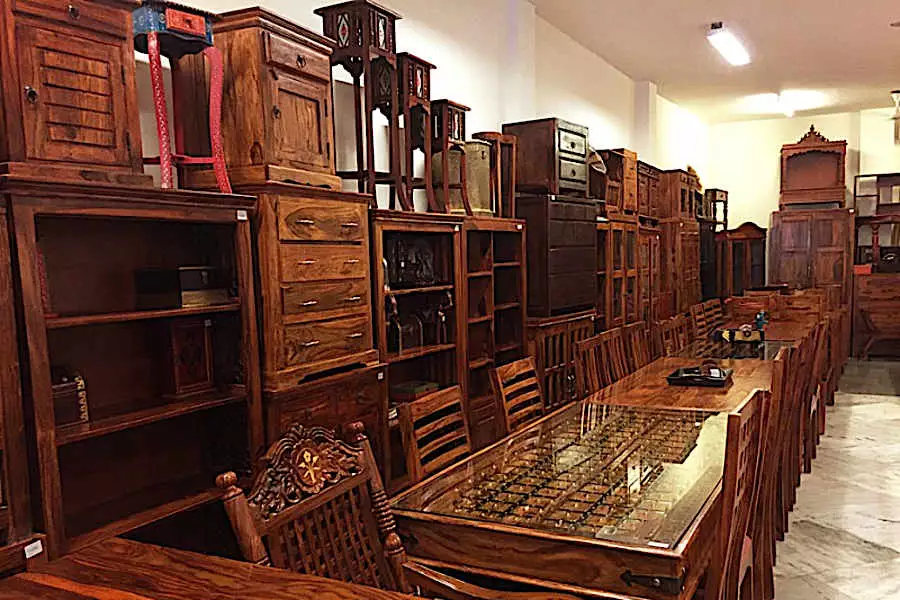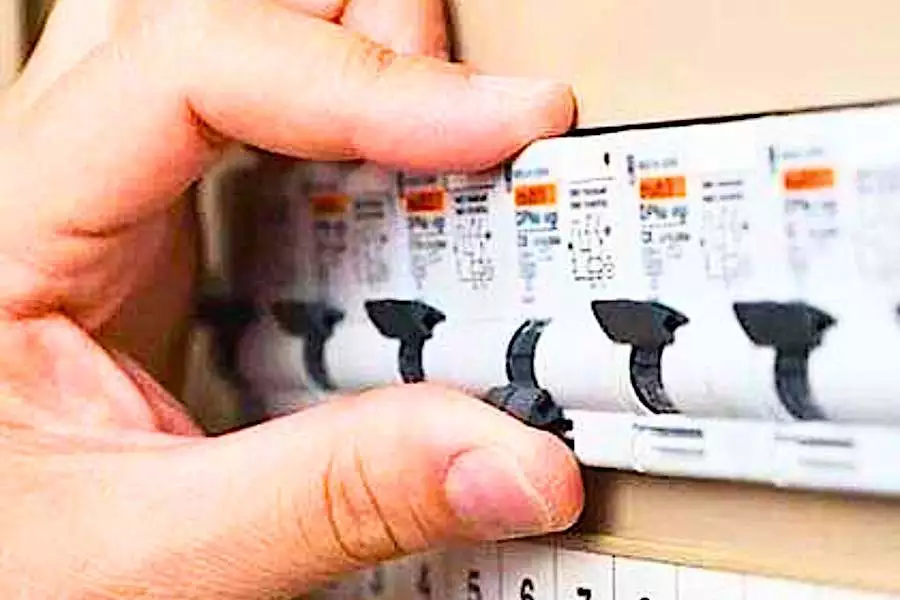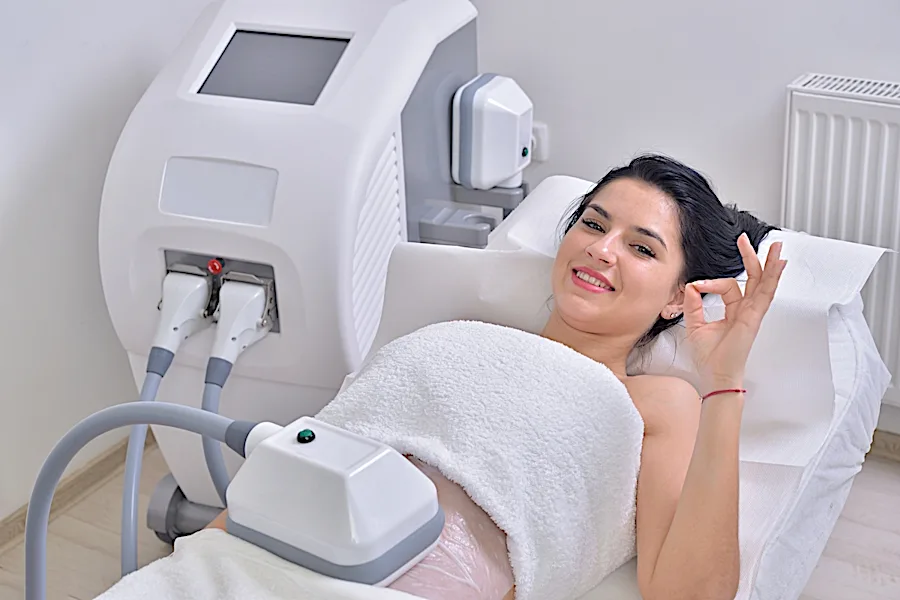How to Get Rid of Blackheads
Blackheads can be a persistent and frustrating skin problem for many individuals. These small, dark-colored bumps appear when pores become clogged with a mixture of sebum, dead skin cells, and bacteria.
Fortunately, there are various methods to effectively remove and prevent blackheads from recurring. Incorporating specific products into your skincare routine can help dissolve blackhead-causing debris and reduce pore blockages.

Professional appointments with a dermatologist or a safe, at-home procedure can also aid in prompt blackhead removal. Developing a consistent regimen will ensure clearer, healthier-looking skin.
What are Blackheads?
Blackheads are a type of acne that appear as tiny, dark spots on your skin. These spots, or open comedones, form when your pores become clogged with excess oil (sebum) and dead skin cells.


 Unlike closed comedones (whiteheads), blackheads have a wider opening, exposing the contents inside to air, which oxidizes the sebum and causes a dark color.
Unlike closed comedones (whiteheads), blackheads have a wider opening, exposing the contents inside to air, which oxidizes the sebum and causes a dark color.
What Causes Blackheads
Blackheads form due to a combination of factors, from hormonal fluctuations to certain skincare products. It’s important to know its causes to minimize its occurrence effectively.

Too Much Oil in Skin
When your skin produces excess oil, it can mix with dead skin cells, causing a plug to form within pores.

This combination creates an ideal environment for blackheads to develop.
As the clogged pore remains open, the oil and skin cell mixture oxidizes upon exposure to air, turning it black. This visible black tip is what gives blackheads their name.

Changes in Hormones
During times of hormonal fluctuation, like puberty, menstruation, or pregnancy, your body might produce more oil.


This excess sebum can mix with dead skin cells, leading to clogged pores. However, these changes can occur at any age.

Germs on Skin
Bacteria present on your skin, especially propionibacterium acnes, can infiltrate pores.

When they mix with oil and dead skin cells, it can exacerbate the blockage. As the mixture oxidizes on the skin’s surface, blackheads become more prominent.
Perspiration and Blackheads
When you sweat, the moisture can trap dead skin cells and other debris on your skin’s surface. This mixture can then seep into your pores.

If not cleansed promptly, this accumulation can combine with sebum, leading to clogged pores and setting the stage for blackhead formation.


Sweat also creates a moist environment conducive to bacterial growth. As bacteria thrive and mix with the oil and debris on your skin, it can further exacerbate clogging, increasing the chances of blackheads emerging.
Surrounding Conditions and Pollution
Environmental factors and pollution can contribute to the development of blackheads. Airborne pollutants and dust can settle on your skin and clog your pores, making it easier for blackheads to form.

Additionally, exposure to high levels of humidity can lead to increased oil production, exacerbating the likelihood of blackheads.
Poor Hygiene
Inconsistent or inadequate skincare practices, such as infrequent cleansing and not removing makeup before bed, can lead to blackheads.
When dirt, oil, and dead skin cells accumulate on the skin’s surface, they can clog pores, resulting in blackheads.

Where Do Blackheads Appear
Blackheads are not limited to the face alone. Their presence can manifest in various areas governed by the distribution of oil-producing glands. Recognizing these zones can aid in targeted prevention and treatment.
On Your Face
They usually affect the face and are commonly found on the nose, which has many oil-producing glands. The chin and cheeks are prone to blackheads as well, largely due to the presence of sebaceous glands in these areas.

Regularly touching or resting your face on your hands can exacerbate the issue.
On and Surrounding Ears
Your ears house sebaceous glands, just like your face. When these glands produce excess oil, it can mix with dead skin cells, causing a blockage in the ear’s pores.


As this trapped mixture oxidizes, blackheads form. Earbuds, headphones, and not cleaning your ears can exacerbate this issue.
On the Back, Chest, and Neck
These areas, especially the back and chest, have numerous sebaceous glands as well.
Tight clothing and infrequent exfoliation can trap this mixture, resulting in blackheads. Remember, these regions need as much attention as your face in skincare routines.

Getting Rid of Blackheads
Combatting blackheads requires a combination of effective skincare practices and treatments. By using these strategies, you can significantly reduce their appearance.
Blackhead Removal Masks
Blackhead removal masks, also known as peel-off masks, are a popular choice for dealing with blackheads.
These masks typically contain ingredients like activated charcoal or clay that adhere to the blackheads and, once dried, can be peeled off, taking the blackheads with them.

While they can be effective, it’s important to apply them correctly, as improper use may cause skin irritation. If you have sensitive skin, be cautious and consider doing a patch test before applying the mask to your entire face.

Blackhead removal masks can provide visible results, leaving your skin looking clearer and smoother.
Cleanse with Salicylic Acid
To effectively remove blackheads from your skin, start with salicylic acid-based cleansers. These help break down dead skin cells and excess oil that may clog pores.

It’s a popular over-the-counter ingredient recommended by dermatologists.
Applying Retinoids to Skin
Retinoids are another option for treating blackheads. They prevent dead skin cells from accumulating inside the pores and reduce the formation of acne scars.


You can find retinoids in prescription form or as over-the-counter products.
Scrubbing Cleanser
Consider trying an exfoliating scrub to clean your skin further. Exfoliating removes dead skin cells and unclogs your pores.

However, don’t use it too often, as it may irritate your skin.
Professional Help for Blackheads
Visiting a dermatologist is a sure way to tackle persistent blackheads. They may recommend a variety of treatments that effectively target the issue. Here are some examples:
Chemical Peels
Chemical peels use acids to exfoliate the top skin layer, unclogging pores and aiding in blackhead removal.

When you undergo this procedure, dead skin cells and excess oil are removed, making it harder for blackheads to form.
Microdermabrasion
Microdermabrasion involves a machine that gently sands your skin, removing its thicker outer layer.

By doing this, it exfoliates the skin surface, freeing trapped oil and dead skin, which can decrease blackheads.
Manual Extraction
This procedure involves a dermatologist using a specialized tool to extract blackheads manually. By directly removing the blockage from the pore, you get immediate results.

However, it’s vital not to try this at home to avoid scarring or infections.
Prescription Medications
Your dermatologist might prescribe prescription medications if necessary.

These could include topical retinoids, which unclog pores, and antibiotics to treat potential infections.
Laser Treatment
Laser therapy is an effective dermatological procedure for blackhead removal. High-energy laser beams are used to target and vaporize the blackheads, helping to unclog pores and stimulate collagen production.

Laser therapy is a non-invasive method, resulting in minimal discomfort and quicker recovery times compared to surgery. It’s particularly suitable for those with stubborn blackheads or individuals looking for a non-manual extraction option.

However, like other dermatological procedures, it should be administered by a trained professional to ensure safety and effectiveness.
Surgery
In rare cases, severe and persistent blackheads may require surgical intervention. A dermatologist may recommend a minor surgical procedure to remove deeply embedded blackheads.
This typically involves making a small incision to access the blackhead and remove it, followed by proper wound care to promote healing and minimize scarring.

Such surgical procedures are typically considered only when other methods have been exhausted.
Common Mistakes in Treating Blackheads
Navigating the path to clear skin, some people inadvertently exacerbate their blackheads. Recognizing common missteps can help ensure effective treatment and prevent further complications.
Overusing Pore Strips
While pore strips can provide instant gratification by removing surface blackheads, overusing them can lead to skin irritation and damaged pores.

Limit their use to once or twice a month.
Picking and Squeezing
It’s tempting to pick at your blackheads, but this can lead to scarring and worsen acne-prone skin.

Instead, opt for gentle exfoliation and targeted treatments to remove blackheads safely.
Using Harsh Scrubs
Over-exfoliating with abrasive scrubs can damage your skin’s barrier, leading to more breakouts and irritation.

Look for products containing gentle exfoliants, such as salicylic acid or lactic acid, to help unclog your pores.
Inconsistent Skincare Routine
Consistency is key when it comes to treating blackheads.

Cleanse, exfoliate, and moisturize regularly to maintain a healthy skin environment that discourages the formation of blackheads.
Use of Benzoyl Peroxide
Benzoyl peroxide is also available over-the-counter and primarily designed to treat inflammatory acne like pustules and cysts. When you use it for blackheads, which are non-inflammatory, it might not target the root cause and can be less effective.

Benzoyl peroxide can be too harsh for blackhead treatment.
Lifestyle Changes to Prevent Blackheads
To keep blackheads at bay, daily habits play a crucial role. Adopting specific lifestyle changes can mitigate the factors contributing to their formation, ensuring healthier skin.
Washing Your Face Daily
Developing a proper skincare routine is crucial in preventing blackheads. Wash your face twice a day, in the morning and at night, using a gentle cleanser.

This helps remove dirt and oil buildup on your skin and prevents clogged pores.
Know Your Skin Type
Pay attention to your skin type. If you have oily skin, use products specifically designed for it. Conversely, avoid over-drying your dry skin.

Maintaining balanced sebum production is essential for preventing pimples and blackheads.
Using Oil Absorbing Sheets
Oil removal sheets, often referred to as blotting papers or oil-blotting sheets, are a convenient tool for preventing blackheads, especially if you have oily skin.

These thin sheets are designed to absorb excess oil from your skin’s surface, helping to reduce the buildup of sebum that can lead to blackheads. They are easy to carry in your purse or pocket, making them a practical choice for on-the-go oil control.

Regular use of oil removal sheets throughout the day can help keep your skin oil-free and reduce the risk of blackheads, particularly in the T-zone and other oil-prone areas of your face.
Avoid Touching Your Face
Acne vulgaris can be influenced by genetic factors, but a consistent prevention routine can help mitigate its effects.

Additionally, avoid touching your face to minimize the transfer of bacteria and oil.
Makeup that Won’t Clog Pores
When using makeup, choose non-comedogenic products. Cosmetics labeled non-comedogenic are less likely to clog pores, which helps prevent blackheads from forming.

Incorporate these prevention strategies into your daily routine to effectively combat the development of blackheads and maintain healthy-looking skin.
Frequently Asked Questions
How can I eliminate blackheads on my cheeks quickly?
To eliminate blackheads on the cheeks quickly, try using a gentle facial cleanser containing salicylic acid or alpha/beta hydroxy acid.

Cleanse your face twice a day to remove excess oil and dead skin cells, preventing new blackheads from forming.
What is the best home remedy for instant blackhead removal?
A simple home remedy involves using a steam facial to open up your pores. Once you’ve steamed your face for about 10 minutes, gently use a blackhead extractor or clean your hands before removing blackheads.

Always follow up with a gentle toner to tighten the pores and prevent bacteria.
What are effective ways to prevent blackhead formation?
Maintain a consistent skincare routine, including regular cleansing, exfoliating, and moisturizing. A cleanser with salicylic acid or alpha/beta hydroxy acid is particularly effective in preventing blackheads.

Always remove makeup before bed and ensure you are washing your face at least twice daily.
How do you deal with stubborn blackheads that won’t come out?
Stubborn blackheads may require stronger treatments, such as chemical peels or microdermabrasion.

Speak to a dermatologist for advice on the best course of action, especially if over-the-counter products have been ineffective.
Is salicylic acid an effective treatment for blackheads?
Yes, salicylic acid is an effective treatment for blackheads.

It works by breaking down dead skin cells and excess oil, preventing clogged pores and blackheads.










